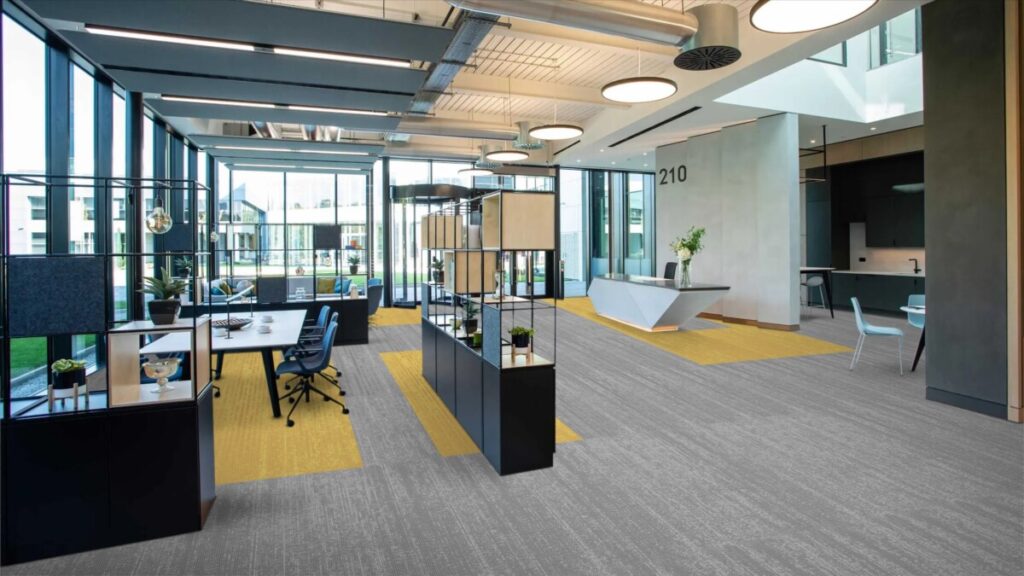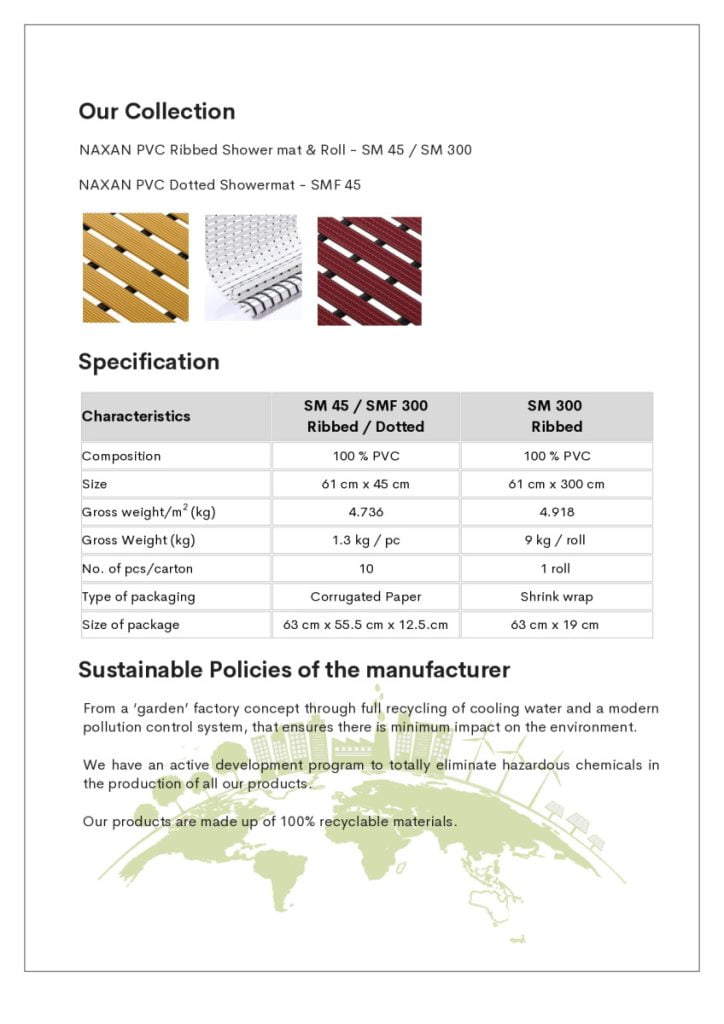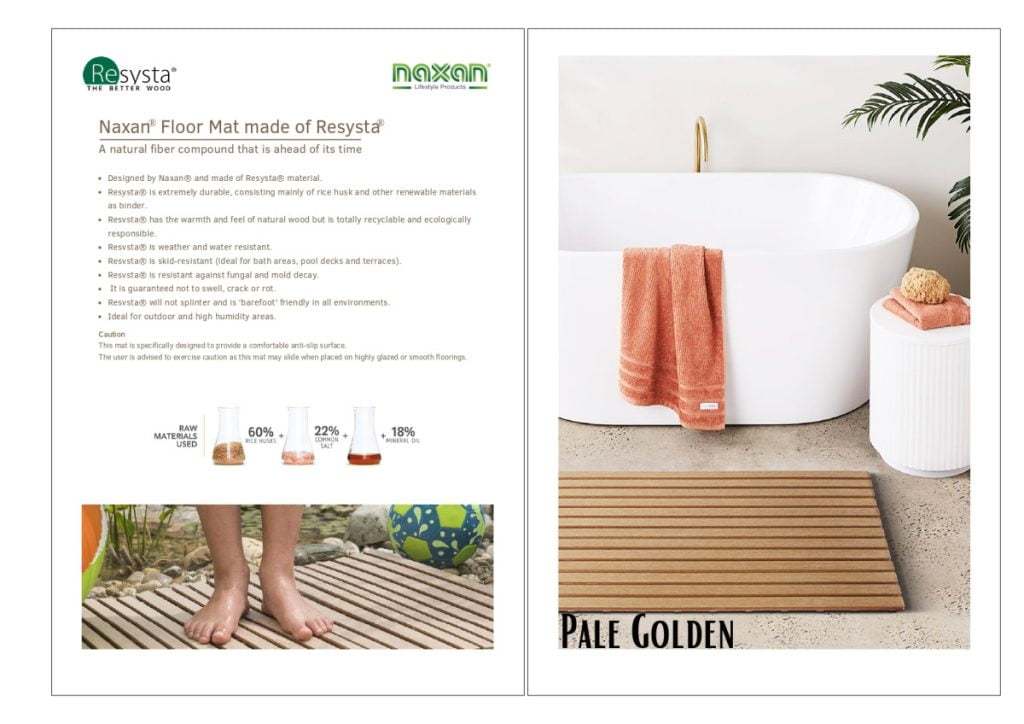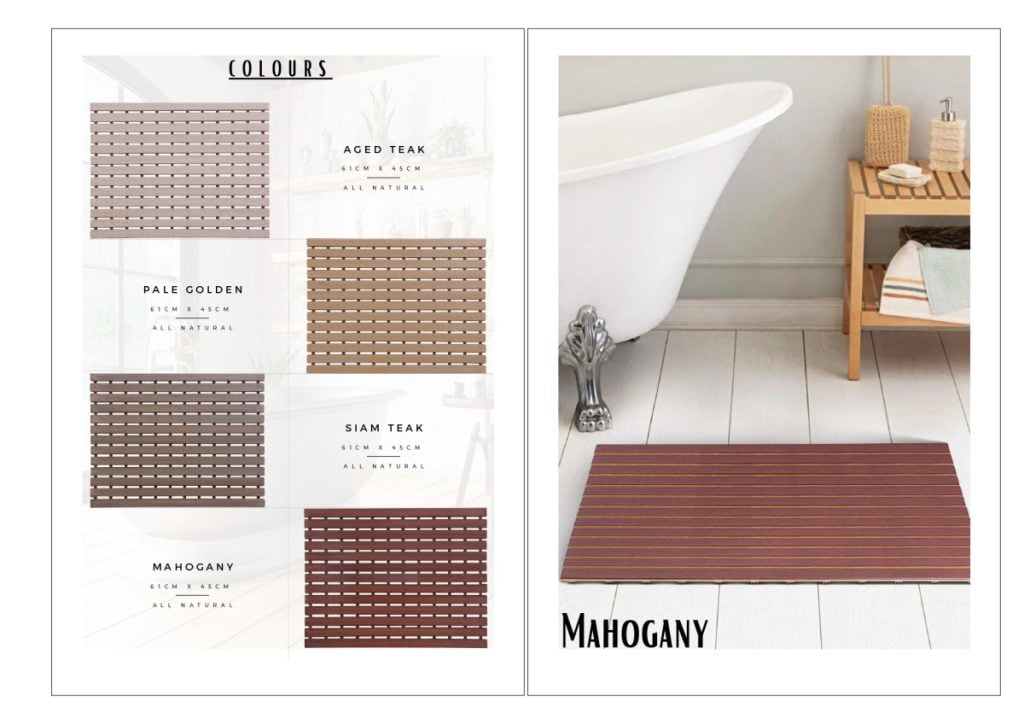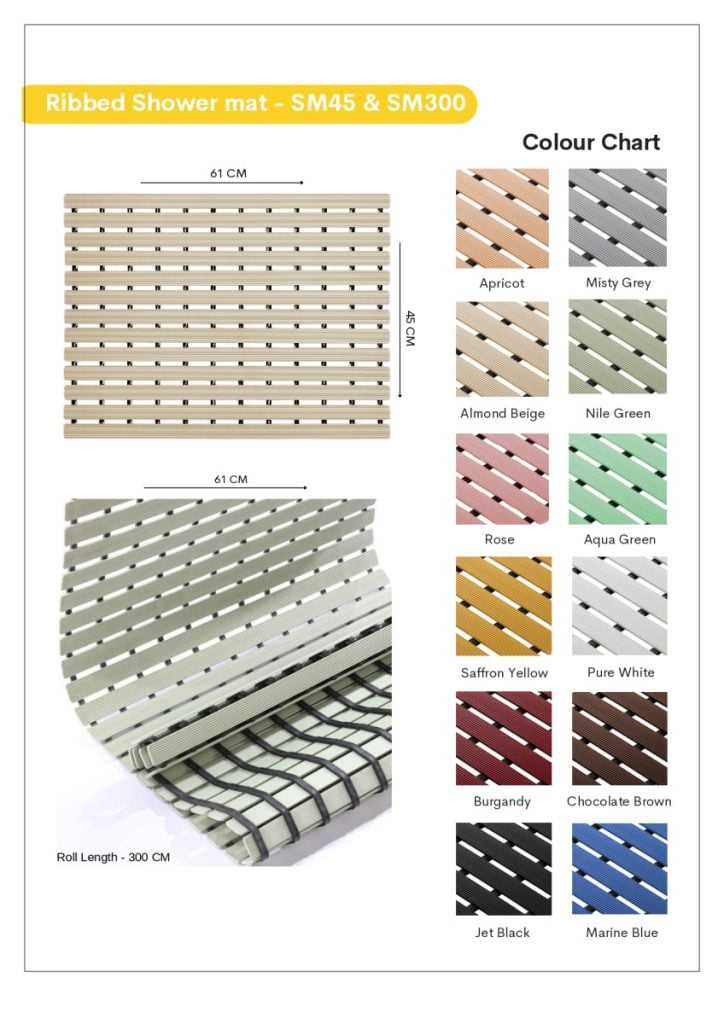You’ve seen it happen. A professional flooring project completes, the material looks beautiful and the installation turns out perfect – but something is missing. Upon closer approach to the doorways, the stairs, or any two different floors coming together, the problem is obvious: open edges, disproportionate transitions, or holes. Where none should be.At this point, they introduce aluminium profiles. Also, the profiles do not merely serve as decorative touches but also act as the backbone that keeps your work safe, resolves the problems of layout. And provides the finished results that clients want. You may be a builder who is working on a commercial project or an architect who is specifying the materials. But knowing the aluminium profiles makes the difference between a job done and one that produces callbacks.
What Are Aluminium Profiles?
Aluminium profiles are specialised trims that are used to transition, protect and finish the professional flooring installations. They can play three important functions, including protecting the weak edges, making the transition between two types or heights of floors. And providing a clean and professional look to any area.
There are a number of vital types in the range. Transition profiles – applicable in door transitions and changes in flooring between spaces. Skirting boards give a nice appearance at the junction of floors and walls preventing the base and conceal expansion gaps. Stair nosing of the stair edges and enhancing visibility and safety. Edge profiles are applied to the open perimeters where the flooring and walls or open spaces meet. Formable trims are able to bend and flex, therefore suitable to curved or irregular layouts. Carpet trims such as T-moldings, reducer and carpet to hard surface transitions are virtually inevitable in mixed-material installations.
Why Aluminium?
The real advantages of using aluminium profiles begin with security since looring edges are susceptible. Also, they initially incur damage or suffer from moisture, foot traffic, and furniture impacts. It covers weak points which keeps installs from chipping and fraying. It also fills expansion gaps (which most flooring types require) as well as conceals all undesired imperfections behind it.
Profiles are critical for carpet install work as Carpet edges need securing through things like anchoring to prevent lifting and fraying. These aluminium carpet trims secure the edges and enable them to cope with the change to tile, wood or laminate. Also, which is a common design issue in both residential and commercial areas.. In carpet flooring design projects, these profiles help maintain visual/design continuity, and not look unfinished.
In addition to protection, aluminium provides functional benefits which wood and PVC cannot match. It is light but very strong and does not corrode easily in places where moisture is likely to occur such as bathrooms and kitchens. Which have wooden trims that warp and rot. Aluminium is lightweight compared to heavier metals, and builders cut and install it at the place of installation. Also, which accelerates the construction process without compromising the strength. And in comparison with leaving edges exposed (some saving of money by cutting corners), aluminium profiles extend the life of the floor by many times, and they also lower the number of repairs.
The material also allows superior project results because less call backs translates to superior margins to the contractors. Less polluted finishes will result in happier clients and better portfolios among architects. And in the case of homeowners, either a floor appears to be professionally fitted or not. The aluminium profiles of MyFloor provide diversity in finishes and colours. Thus, you can coordinate it with any flooring aesthetic and still offer high durability. You can work with a limited budget or can identify high-quality materials. But there are always possibilities to choose the variant that suits the project of any size and needs.
Applications in the Real World: Problems Resolved
Aluminium profiles demonstrate their worth in cases when other materials fail. The edges are constantly abused in busy business environments such as hotel lobbies, office corridors and retail floor. Wooden splits and cracks, PVC discolours and dents but Aluminium withstands, preserving the look and protection of years. Another proving ground is moisture because there should be materials that do not absorb water or corrode in Bathroom and kitchen transitions. Aluminium profiles cope with such conditions automatically, and swelling, warping, or any special treatment do not affect them.
Projects composed of mixed materials pose layout problems, which profiles address in a graceful manner. When carpet flooring design is flummoxed for transitions, the right profile maintains the looks and protects all around it. T-moldings deal with same-level connection, Reducers deal with height variations since each type meets a particular installation requirement.
Stair nosing should be mentioned particularly. It is more than just a part of aesthetics. The contrasting edge enhances the visibility, and someone minimizes trip risks, whereas the profile covers the most vulnerable aspect of every step. This may be a code requirement in a commercial environment and good practice in a residential project. The profiles even in new construction address the layout imperfection such as minor differences in height, expansion gaps, or the edges of material that do not fit perfectly. They transform the potential issues into purposely designed elements.
Choosing the Right Profile
It is simple to match the profile with your particular need when you are familiar with the choices. Also, the trick is to be functional first before looking at the looks and the cost.
To cover expansion gaps between surfaces of similar level. We use T-moldings on same-level transitions between rooms or between types of flooring. Reducer profiles create a gradual and safe slope when the heights of the floors are different (usually when a room is separated by another or at exterior thresholds). In doorways, transition profiles are ideal because they outline areas and prevent edges from being subject to regular foot traffic.
Carpet installations have specialized trims & no alternatives. Carpet edge profiles fix the material and they do not fray, particularly in high traffic places. In the case of stairs, stair nosing will not be compromised because it is protective, enhances visibility, and minimizes liability.
Exposed borders are completed with edge profiles where the flooring and the wall, built-ins or open layouts meet. Formable trims are bendable and can fit into odd shapes and curves of projects.
MyFloor has the options of all the leading professional flooring materials: wood, laminate, PVC, SPC, carpet and vinyl. You are building a luxury residential project or a value-conscious commercial renovation. Designers craft profiles that execute your project and fit your budget.
Installation and Professional Advice
Modern floor tech has made installing the profiles easier & more convenient than ever. A majority of the aluminium profiles have easy-fit options such as adhesive backing, snap-fit systems, or screw-down mounting options based on the application. The key is precision. Measurements should be taken with caution to the expansion gaps and material thickness. Make neat cuts – and ensure that you place them in place before installing heavy furniture or fixtures.
The most frequent errors include such things as selecting the incorrect profile height, omitting surface preparation, and attempting to cram rigid profile into curved use.
One thing to keep in mind as a professional is to plan your profiles in the initial stages of your project and not as an afterthought. So, that you have the correct types when you need them and can coordinate finishes with your flooring selections. It also avoids the embarrassing moment of realizing that you require a certain transition profile when they have already laid the professional flooring.
The Seal that Secures Your Work
Aluminium profiles are advantageous in three respects namely the polished appearance, protection of functions, and prolonged life of floors. In the case of contractors and builders, it translates into less work coming back and more content customers. To architects and designers, it is the detail that is an indication of paying attention to quality. And finally, when it comes to homeowners it is the difference between a floor that will last and one that requires premature repairs.
The aluminium profile range of MyFloor constructs itself on the three pillars; quality materials, wide choice, and solutions to all project requirements. Whether you are working on a high-end commercial construction or a household renovation, a profile specifically created to meet your specific demand exists.
You may browse our entire portfolio, or ask our staff to advise you on what to use in your next project. Since the best professional flooring jobs are not only about what is on the ground, it is about all that surrounds it.

